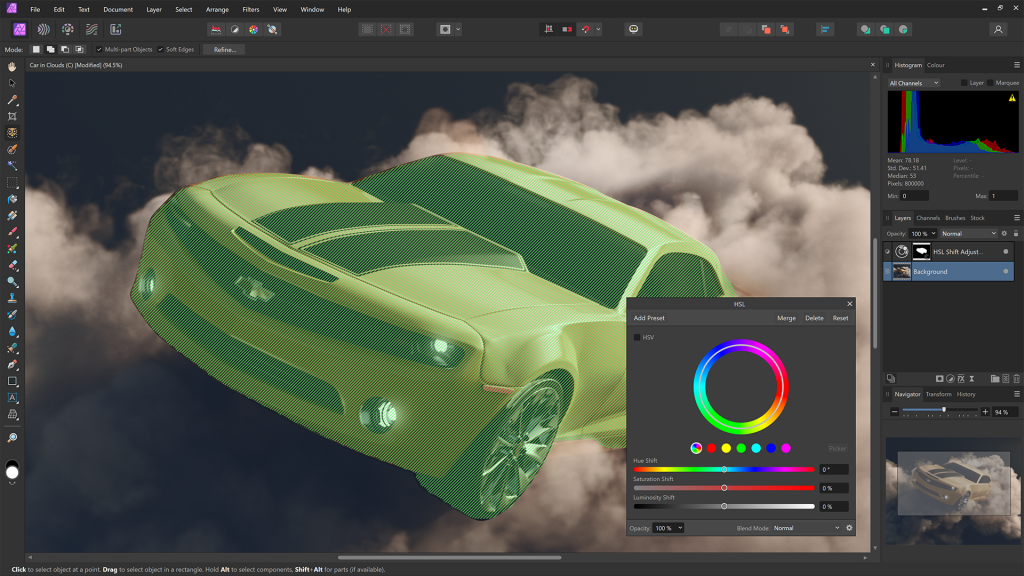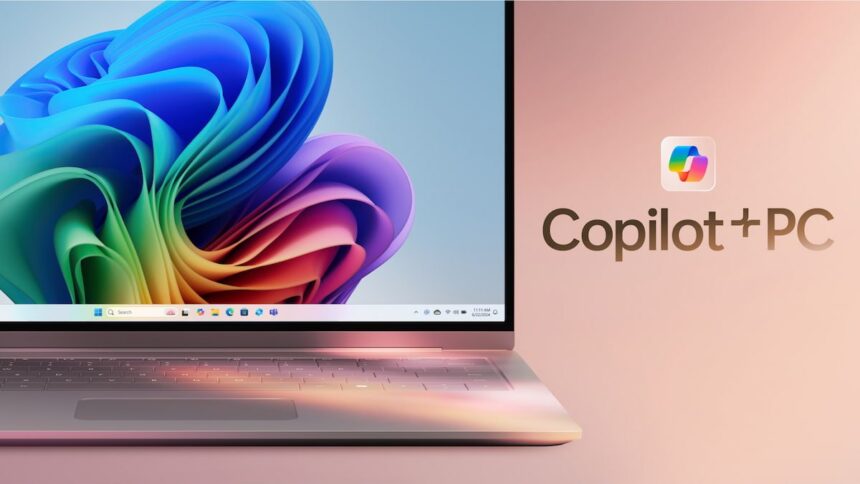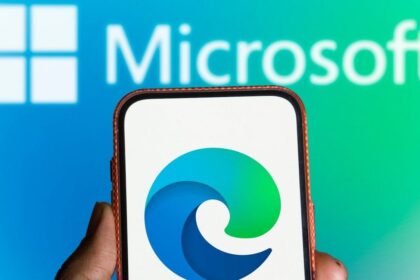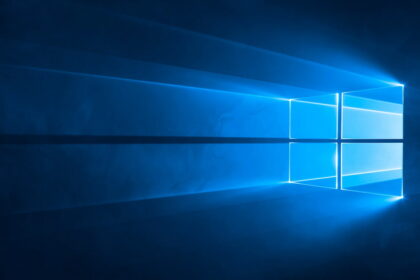Artificial Intelligence encompasses more than just Generative AI, and Microsoft is pushing the boundaries with its latest innovation: the introduction of DirectML in new Windows Copilot+ PCs. This move marks a significant leap forward, as DirectML aims to revolutionize the interaction between developers, users, and AI-powered applications.
By integrating DirectML, Microsoft provides an open and accessible platform that enables a broader range of AI capabilities across different use cases.
DirectML is designed to optimize AI performance directly on Windows devices, making it easier for developers to implement complex machine learning models efficiently. With this technology, Windows Copilot+ PCs can handle various AI tasks locally, improving responsiveness and enhancing user experiences without relying solely on cloud-based processing. This step streamlines AI integration into everyday applications and empowers innovation across industries, from creative tools to productivity software.
What is DirectML? And how it benefits us
DirectML is a DirectX API developed to streamline the process of building and deploying machine learning (ML) models on Windows systems. It provides a flexible and efficient solution that works across different hardware architectures, including local accelerators and popular ML frameworks like TensorFlow and PyTorch.
This adaptability is crucial given the wide variety of devices within the Windows ecosystem, from powerful desktop PCs to lightweight laptops and even web-based applications.
Applications Leveraging DirectML
Several high-profile applications have already integrated DirectML, enhancing their AI capabilities on the new Copilot+ PCs:
1. Adobe Premiere Pro:
Adobe Premiere Pro utilizes DirectML in conjunction with the machine learning features of Intel Core Ultra processors. One standout feature is Audio Tagging, which uses DirectML to automatically classify audio clips like dialogue, music, sound effects, or ambiance. This automation streamlines the editing process, saving time and reducing manual sorting for video editors.

2. Capture One:
On Copilot+ PCs powered by Qualcomm NPUs, Capture One has implemented two advanced AI features using DirectML:
- Match Look: This feature allows photographers to instantly replicate the style of a reference image, speeding up the workflow and ensuring consistent results across multiple photos.
- AI Crop: This function uses machine learning to automatically crop images with precision, minimizing manual adjustments and reducing potential errors in framing.
3. Affinity Photo 2:
Affinity Photo 2 has integrated DirectML to enhance object and subject selection tools. It can quickly and accurately detect and select subjects by leveraging the Qualcomm Hexagon NPU on devices with Snapdragon processors, improving editing speed and accuracy.

Impact of DirectML on AI Development
With DirectX, developers can efficiently scale their AI applications across the Windows hardware ecosystem. This approach not only boosts the performance of existing ML tasks but also opens new possibilities for innovative applications, making advanced AI features more accessible to a broader audience of Windows users. As more software integrates DirectML, we can expect even greater efficiency and enhanced user experiences across various creative and productivity tools.
The Future of DirectML
The DirectML team is enthusiastic about the growing innovations from developers utilizing this powerful API to enhance the user experience on Windows significantly. With its flexible, hardware-agnostic design, DirectML has become a crucial tool for enabling high-performance AI capabilities across the diverse ecosystem of Windows devices.
An Open Platform for AI Innovation
The team’s commitment to an open platform is crucial to DirectML’s strategy. This approach ensures that developers can access robust machine-learning tools regardless of their preferred hardware or framework. By supporting a wide range of ML frameworks like TensorFlow, PyTorch, and ONNX, DirectML aims to lower the barriers to entry and democratize access to advanced AI technologies.
Continuous Investments and Future Features
DirectML is not resting on its laurels; the team is continuously **investing in new features** and improvements. These updates focus on:
- Enhanced performance across various hardware, including CPUs, GPUs, and NPUs.
- Expanded compatibility with popular machine learning models and libraries.
- Improved developer tools** and documentation make integrating AI into Windows applications easier.
The innovations emerging from integrating DirectML are already transforming applications across creative, productivity, and gaming sectors. As more features are rolled out, developers will have even more excellent opportunities to leverage the power of machine learning, creating more innovative, faster, and more intuitive applications.
The future looks promising, with DirectML continuing to evolve as a cornerstone of Microsoft’s vision for AI on Windows, empowering developers to push the boundaries of what’s possible on the platform.










